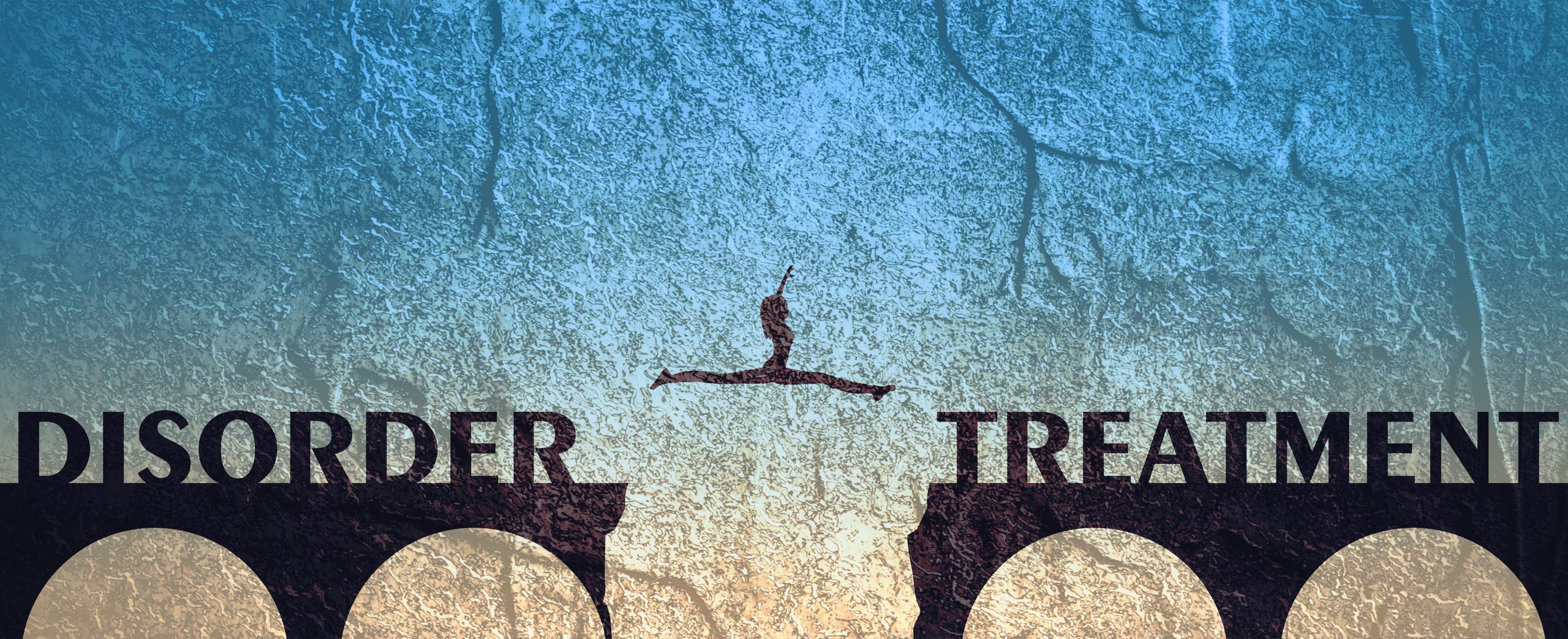
13 Oct The Great American Tragedy: The Lack of Access to Mental Healthcare Compared to Other Countries
According to the National Alliance on Mental Illness, or NAMI, about 20% of American adults will experience a mental illness each year. That is more than 52 million people. Children also experience high rates of mental illness each year, with more than 7.5 million youth aged 6 to 17 experiencing symptoms. The most frightening statistic is that suicide is the the US is the second leading cause of death for people under 35, secondary only to accidental death.
The United States’ record on mental health rates is abysmal compared to eleven other developed and high-income countries in the world. The nation has the highest death rates related to suicide and drug overdoses. The mental health of the people in a country is an indicator of a nation’s well-being. How is it possible then that the US, one of the world’s wealthiest countries, can have such poor mental wellness? As our behavioral healthcare system is overburdened with a post-pandemic surge in treatment needs, the system is tasked with identifying and addressing the disparity between our nation and others.
Likely there are societal and cultural factors that contribute to the poor mental health of Americans, such as too much social media influence and poor self-care practices. For example the work-life balance in many other countries, such as Finland, Sweden, and Germany, is far healthier than in the US. However, the focus of this exploration is to explore the factors present within the behavioral healthcare system itself that may contribute to the inadequacies of our mental wellness as a population.
The National Council on Mental Wellness released a recent study reporting that it is not the stigma that prevents Americans from seeking mental health care. In fact, the study reports that 76% of Americans feel that mental health care is just as critical as physical health care. This statistic signifies significant advancements in overcoming the fear of judgment for seeking counseling and medication services. The barrier, instead, is a lack of availability of services. Further findings reported in this study found that 56% of Americans are actively seeking care for themselves or a family member.
The struggle is in finding care. Nearly two-thirds of primary care physicians in this country struggle to find outpatient clinical care to refer their patients for treatment. Attempts to schedule an appointment for counseling in most areas will find a wait time of 5 to 6 weeks for an initial appointment. Once linked with a therapist, it may be difficult for that therapist to see each client in a clinically appropriate timeframe. Private practitioners and clinics are overburdened with too many clients on their caseloads. In short, there are not enough qualified practitioners to meet the demand.
Poor pay is one of the main contributing factors to a lack of access. While private practitioners with more affluent clients can charge rates that support high annual wages, the clinicians who work in not-for-profit clinics making significantly less. On average they will earn around $44,000 to $64,000 annually. While this is a living wage in many parts of the country, the high student loan debt carried by counselors who must attend graduate school is debilitating.
The lack of access to care is even worse in some pockets within our nation. This inadequate access includes rural areas and access within some inner-city locations. A recent expansion of services into areas of inadequate coverage through the development of Comprehensive Behavioral Healthcare Clinics or CCBHCs has yet been unable to address gaps in access for many. CCBHCs, a federal pilot program designed to improve access to mental healthcare, are innovative and making great strides in helping people. There remains structural racism in the behavioral healthcare field for people of color.
The structure of our insurance, copay, and reimbursement system in the US may also play a significant role in the rising rates of untreated mental health concerns. This structure of coverage for profit worsens the barriers already created by the lack of qualified providers. Despite legislative efforts to level the “paying” field for behavioral healthcare, measures like the Mental Health Parity and Addiction Equity Act in 2008 has not addressed the client’s high service cost and low reimbursement rates for providers. The insurance system creates a maze of credentialling, in-network, and out-of-network specifics that make it difficult for providers to get reimbursed for services by insurance. The result? Providers offering services to individuals privileged enough to afford to pay out of pocket.
We must correct these issues to improve our nation’s mental health and protect the next generation. Exploring the successes of countries such as Germany and Finland will provide valuable insights into where to direct our effort. Universal healthcare such as that available in many European nations that boost better mental health treatment statistics will help eliminate barriers created by high out-of-pocket costs and gaps in coverage and reimbursement for behavioral health services.
Numerous countries, such as the UK, Australia, and the Netherlands, are experimenting with embedding mental health services within primary care offices to promote access, collaboration, and continuity. Offering creative solutions to get the proper healthcare to the people who need it will improve our nation’s wellness.
The happiness of a nation is measured largely by the mental health of the population. We must prioritize the emotional wellness of the young, the old and everyone in the middle. Have tough conversations around systemic racism in access to mental health care. Minimize barriers to access care created by insurance companies high copays, supporting legislative efforts to reduce the influence of for-profit efforts in the life-saving work of behavioral healthcare, and embed services into more locations where people can have access, such as primary care offices and schools.




